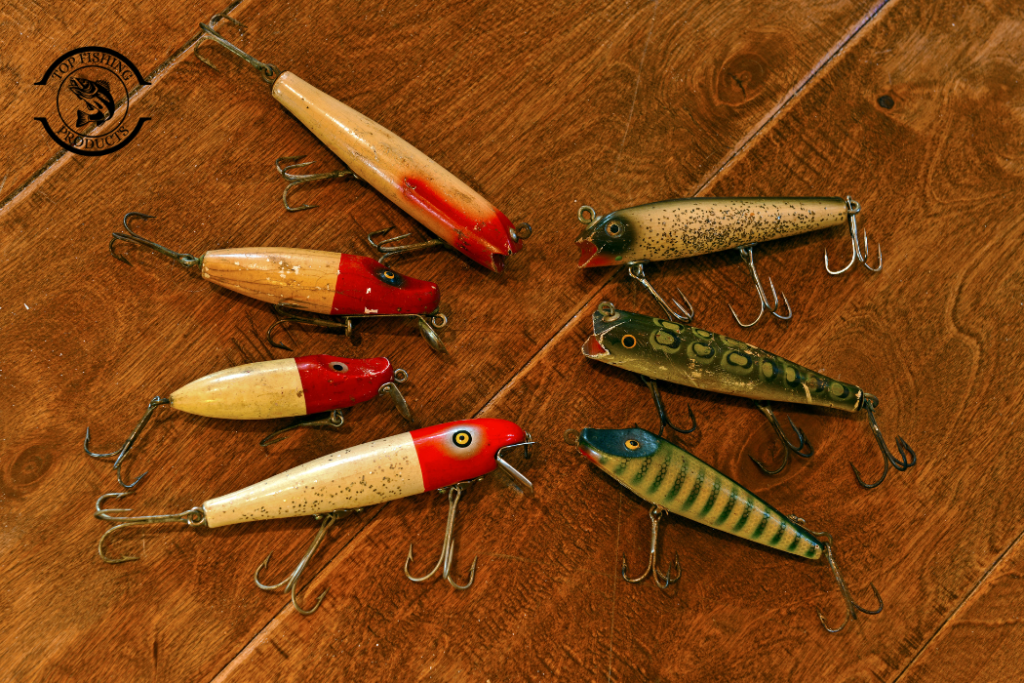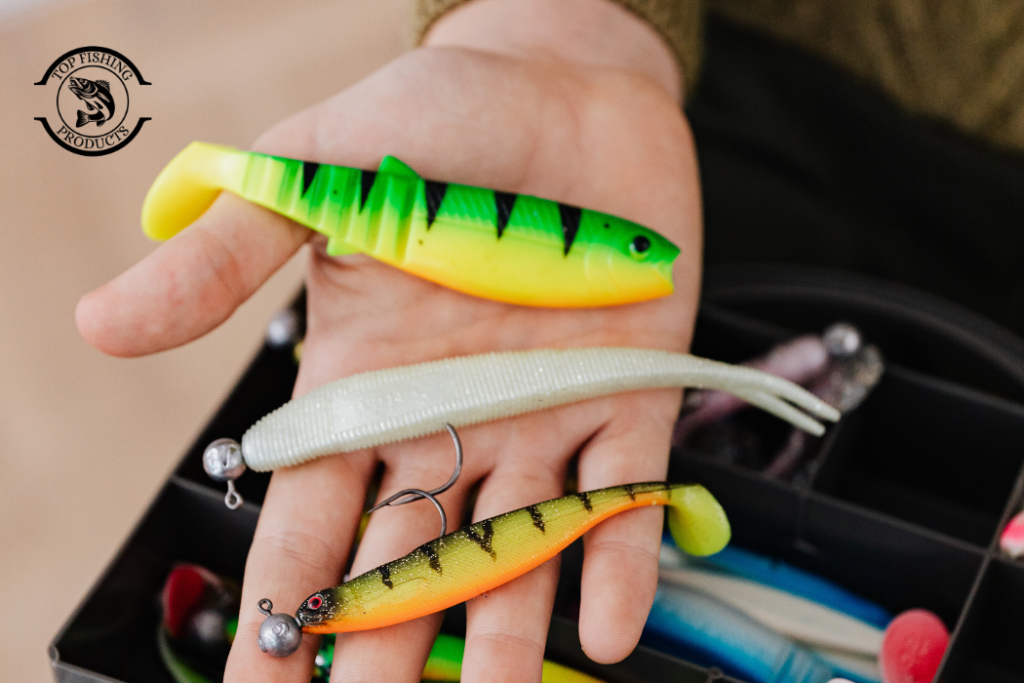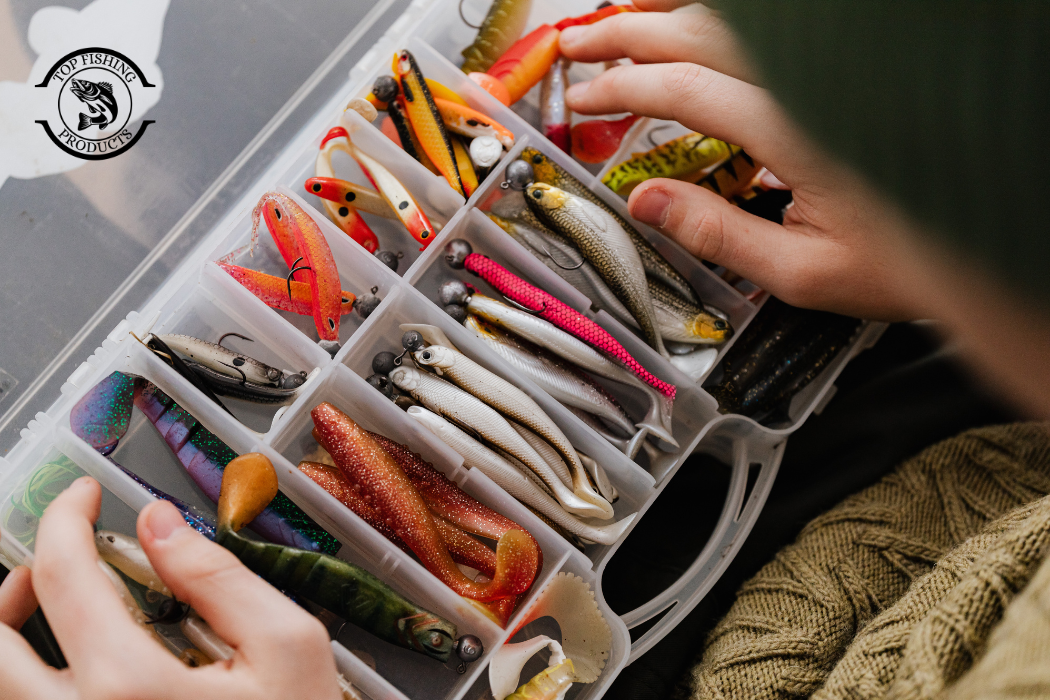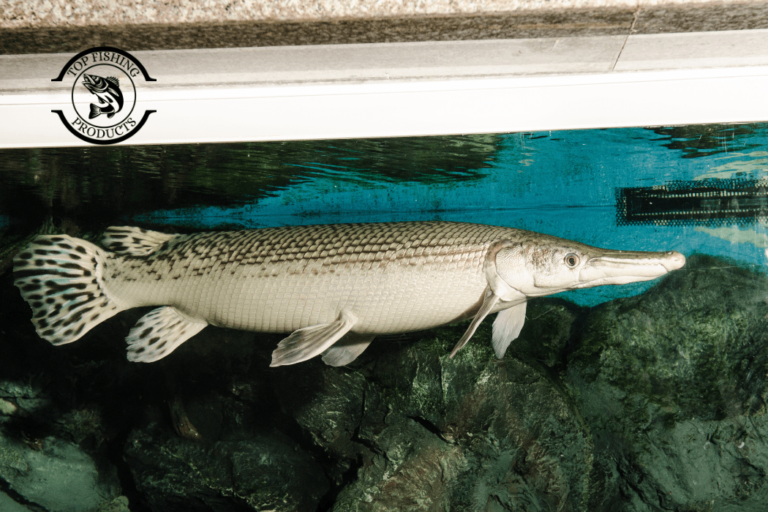Are you wondering to explore how to make fishing lures? You’re on the exact track. There are some basic materials that you need to make your fishing lures at home. You can make fishing lures with wood, stainless steel, or soft plastic. What are the methods, materials, and tools we require? We will discuss them from scratch to proper making. Let’s get into this complete fishing lure making guide:
Methods of Making Fishing Lures
In this blog, we will discuss the top three methods of making fishing lures with simple and easy techniques. Including material and tools, we will understand what the necessary things are that can make our way easier. Let’s unwrap each method with material details. This is perfect if you’re learning how to make fishing lures for beginners or want to experiment at home.
Method 01: Wooden Popper Lure
One of the easiest and most fun lures to make at home is a wooden popper lure. It stays on the water’s surface and, when pushed, makes a popping sound that quickly attracts fish. Large fish quickly approach to bite it because of the popping sound, which resembles a fish jumping or flapping. Bass and other topwater species love it.

Materials and Tools
Body: Balsa, cedar, or pine wood.
Tools: Carving knife, saw, sandpaper (80 and 120 grit), drill, tack cloth.
Hardware: Closed screw eyes, split rings, treble hooks.
Finish: Wood sealer, acrylic paints, and a clear epoxy or polyurethane coat.
Instructions
This method will help you shape, paint, and finish a great wooden popper bait that will easily attract more fish. Let’s get started:
Step 1: Shape the Body
For your lure, take your wood and cut it into the shape you want. It should be about the size of your finger. Round out the front part and massage the sides with a cutting knife. To make it even smoother, sand it now. At the front, make a small hole. This will enable the “pop” of your lure when it’s submerged in water.
Step 2: Drill the Holes
Next, mark the locations where the hooks and wires will be hung with a pencil. Usually, the nose, belly, and tail all have one hole each. Carefully drill these holes using a small drill. To lessen the lure’s bouncing in the water, try to make them in a straight line.
Step 3: Seal and Paint the Lure
To start, use a tack cloth to remove any dust from your wooden lure. After that, lightly cover the wood with a wood sealant and let it dry. Once your lure has dried, paint it with colorful acrylic paint. You may paint the eyes and stripes to make it look like a little fish. The most effective colors to use to attract fish are red, yellow, and green.
Step 4: Add the Clear Coat
It’s time to protect your paint when it dries. Over the paint, apply a layer of transparent silicone or glue. In addition to keeping water out, this coating gives the lure a glossy appearance. Before handling, let it dry completely for a few hours.
Step 5: Attach Hooks and Rings
Finally, screw the small metal eyes into the previously drilled holes. Use split rings to connect the treble hooks at the bottom and rear. Make sure everything is tight and safe. You can now use your homemade wooden popper lure. It’s powerful, light, and will undoubtedly attract the fish.
Method 2: Soft Plastic Lures
Lures made of soft plastic are flexible and swim in water like real fish. Because they seem so natural, fish love them. They may be created in any form or color. Bass, crappie, and trout can all be caught using the lures. Once you know how to heat and pour the soft plastic plastisol, they are easy to make. You can even learn how to make fishing lures with household items if you get creative.

Materials and Tools
Molding: Lure mold (open-pour or injection type).
Plastisol: Liquid plastic for making soft lures.
Heating: Microwave-safe Pyrex cup or hot plate.
Customization: Colorants and glitter for soft plastics.
Pouring: Butter knife or heat-resistant spatula.
Instructions
To create realistic fishing lures that attract fish with realistic movement, simply follow these simple steps to melt, paint, and mold soft plastic:
Step 1: Heat the Plastisol
Before opening the plastic bottle, give it a shake. Put a small quantity in a Pyrex cup and put it in the microwave. Slowly heat, mixing every 30 seconds. It is ready when the water turns clear. For the plastisol to melt properly, it has to reach around 350°F (175°C). It gets really hot, so be careful.
Step 2: Add Colors and Glitter
You may now add some beauty to your transparent plastic. Add some glitter and a few drops of color. Using a spoon that can handle heat, mix it well. You can choose any color you like, but silver, yellow, or green are good options because fish can quickly identify them in the water. Shake until all of the color gets distributed equally.
Step 3: Pour the Mold
After setting the mold on a level surface, slowly add hot plastic into it. To avoid bubbles, fill slowly. As it cools, it will shrink, so fill it a bit more than you need. Depending on the worms, small fish, or frogs you use for your mold, you can create a wide variety of shapes, which makes this step fun.
Step 4: Let It Cool
The lure is going to harden and narrow after a few minutes of soaking. Carefully remove it from the mold once it feels properly firm. It may bend or tear if you remove it before it has cooled completely, so proceed with caution. Your lure will be smooth, shiny, and ready to use once it has fully cooled.
Step 5: Add Hooks or Weights
If your lure needs hooks, you can carefully attach little ones using string or soft glue. To make it sink, you may also add little metal weights within. Your soft plastic lure is ready when it’s finished.
Safety Tip: Avoid using the same microwave to prepare plastic and food, and always handle it in a place with fresh air.
Method 3: Metal Spoon Lure (Butter Knife Lure)
A smart and affordable method for making your own fishing bait is to make a butter knife homemade spoon lure. Fish are drawn to the shining metal because, like a little baitfish, it flashes light when underwater. It can last for a very long time and is quite durable. For pike, trout, and the majority of other species, the method works especially well.
Materials and Tools
Body: Stainless steel butter knife.
Tools: Angle grinder, bench grinder, drill press, center punch, hammer, safety gear.
Hardware: Split rings and treble hooks.
Finish (Optional): Holographic stickers or metallic tape.
Instructions
Let’s make an average butter knife into a shining metal spoon bait that attracts fish with light reflections by following these easy procedures:
Step 1: Cut the Knife
Using an angle grinder, amputate the blade of a stainless-steel butter knife. The handle can be cut into little pieces to make a variety of lures. Verify that both sides of each item are smooth. When cutting, always wear safety glasses since little pieces of metal can fly everywhere.
Step 2: Shape the Metal
Round off the knife piece’s cut edge with a bench grinder. To help it move through water more smoothly, bend it slightly in the middle with light pressure. When you pull the lure through the water, its small bend will make it spin and shine.
Step 3: Drill Holes for Rings
Mark the locations of the front and rear holes you plan to drill using a center punch and hammer. Next, use a drill press to precisely drill the holes. To keep the drill bit cool and shield your lure from scratches, dab on a few droplets of oil.
Step 4: Add Hooks and Rings
Attach split rings to the metal’s two ends. Then, if you choose, add a swivel to the front ring and a treble hook to the back ring. As a result, the lure moves smoothly through the water. Before using it, make sure everything is safe.
Step 5: Decorate the Lure
Add some shiny stickers, holographic tape, or painted lines to your bait to make it even more attractive. Underwater, it will shine like a real fish when exposed to light. Large fish find it extremely attractive to bite because of this.
Conclusion
How To Make Fishing Lures is not only fun but also cost-effective. Using common household items and simple tools, you can craft wooden, plastic, or metal lures that catch fish effectively. Each time you explore how color, sound, and movement attract fish underwater, you learn something new. And yes making your own lures saves money while offering creative satisfaction.
You can even test different scents to see which liquid attracts fish the best. You can create your lures in whatever shape or style you like, which is an extra plus. It’s even more satisfying when you start catching fish with one you made yourself. So go ahead, take your time, be creative, and enjoy every second of it. When you fish with your homemade lure, every catch is different.
Frequently Asked Questions:
1. What is the easiest fishing lure to make at home?
The easiest one to make is a soft plastic lure or a metal spoon lure. Both need very few materials and are simple to shape. You can make them with things already in your house, like a butter knife or a small mold.
2. How long does it take to make a fishing lure?
It depends on the type. A soft plastic lure can take 20 to 30 minutes, including cooling time, while a wooden lure may take a few hours because you need to carve, paint, and let it dry properly.
3. Do homemade lures really catch fish?
Yes, homemade lures work just like store-bought ones, sometimes even better! If you make them with bright colors and good shapes, fish will be attracted to them. Many anglers catch big fish using lures they make themselves.
4. What kind of paint should I use for wooden lures?
Use acrylic paints because they are easy to use and dry fast. After painting, always cover the lure with a clear waterproof coat like epoxy or polyurethane. This keeps water out and makes your lure shiny and strong.
5. Is it expensive to make my own fishing lures?
No, it’s actually cheaper than buying lures from a store. Most materials, like wood, glitter, or old metal items, can be found at home. Even if you buy new supplies, you can make many lures for the price of one ready-made bait.





